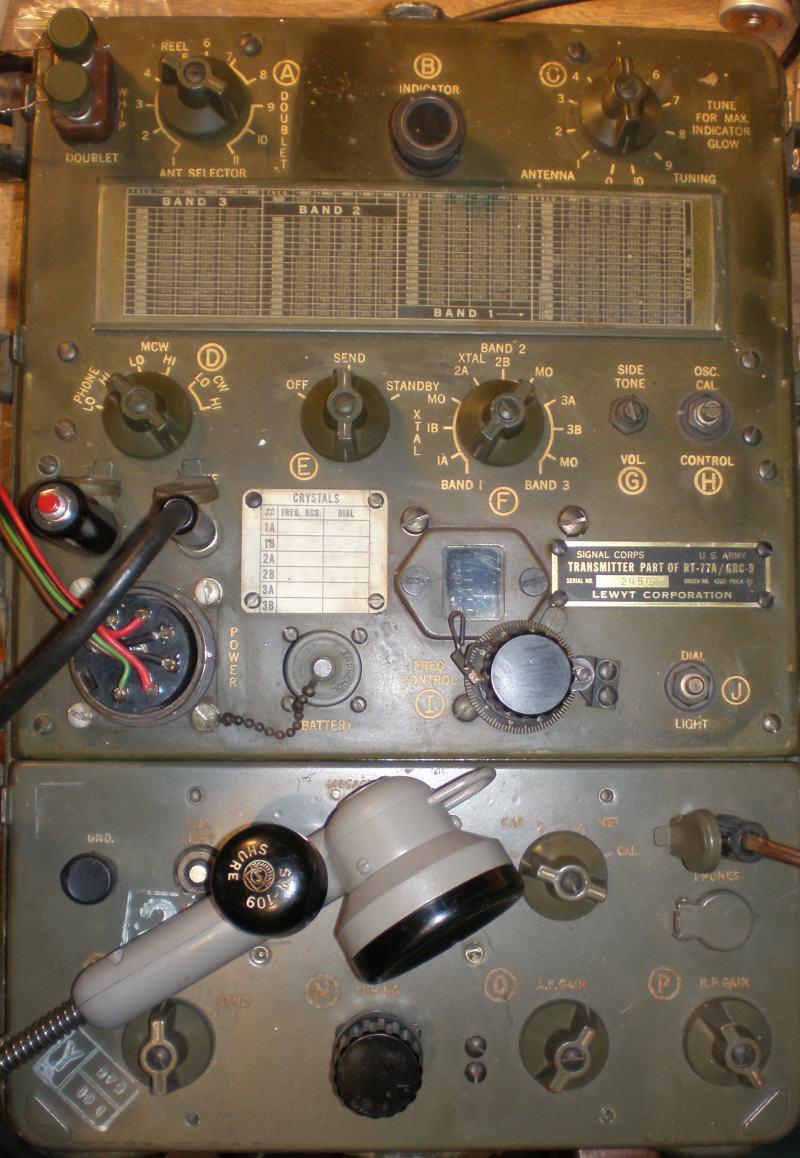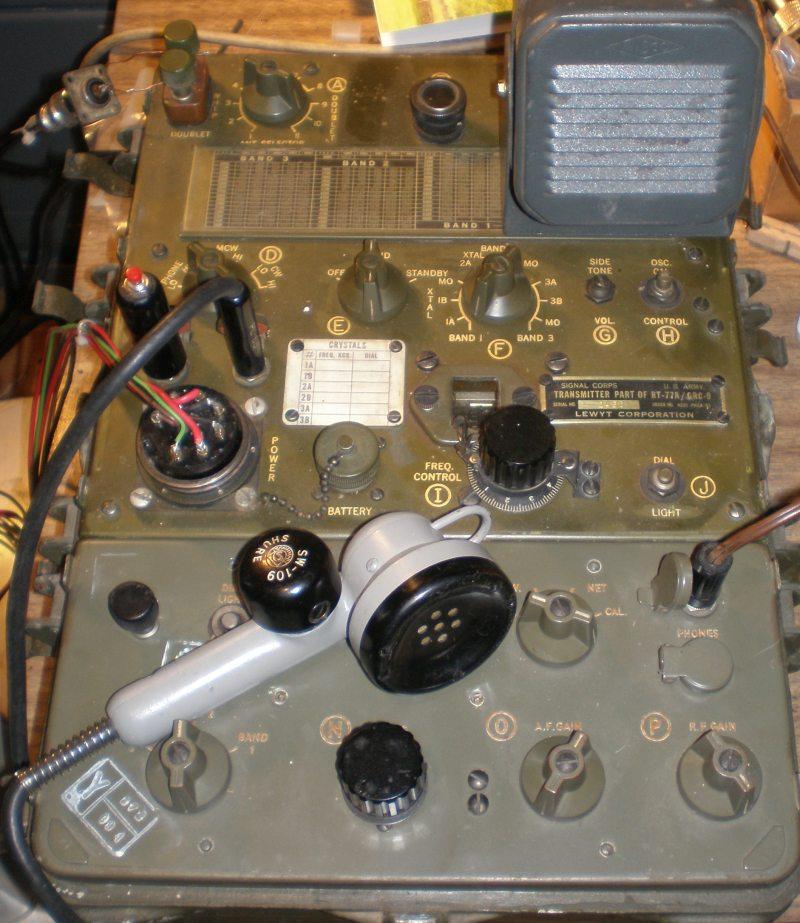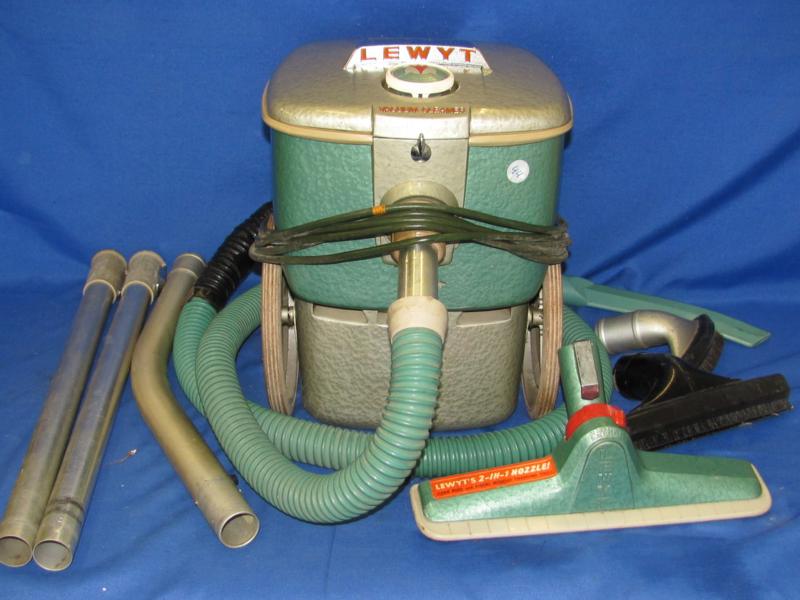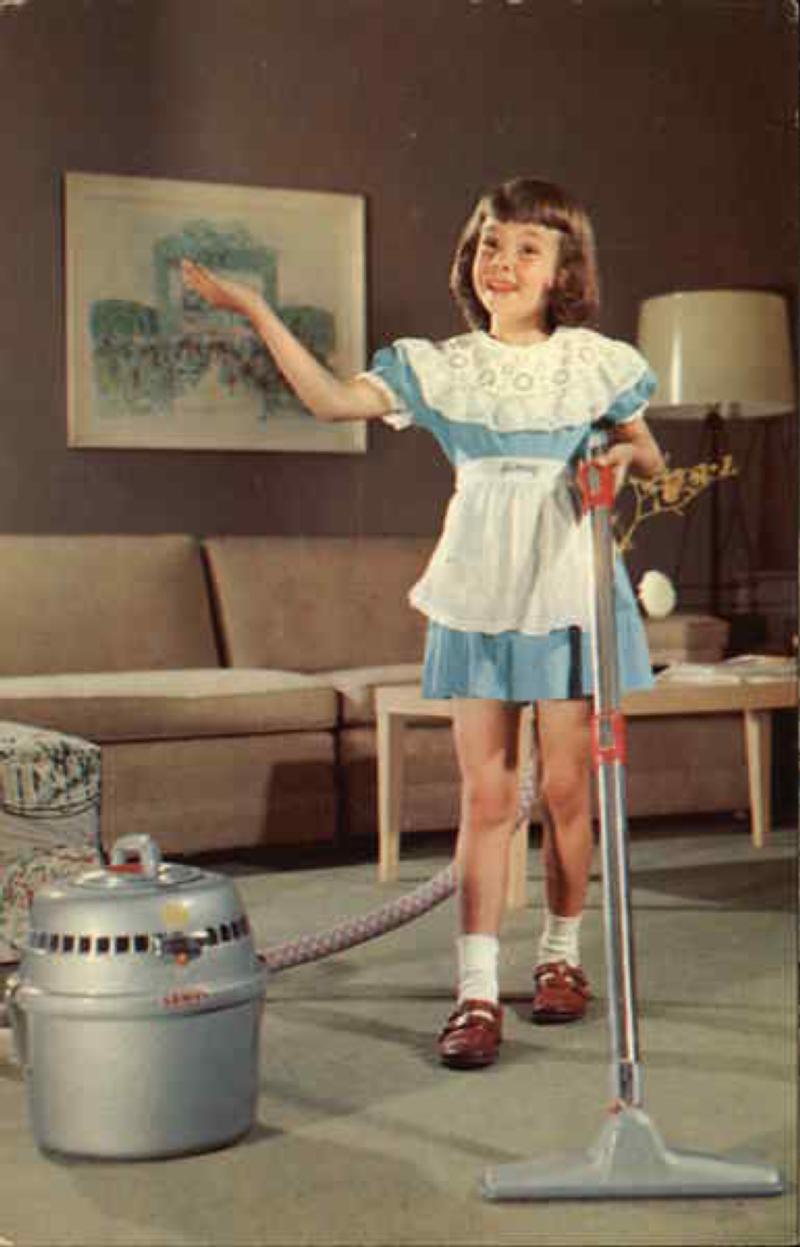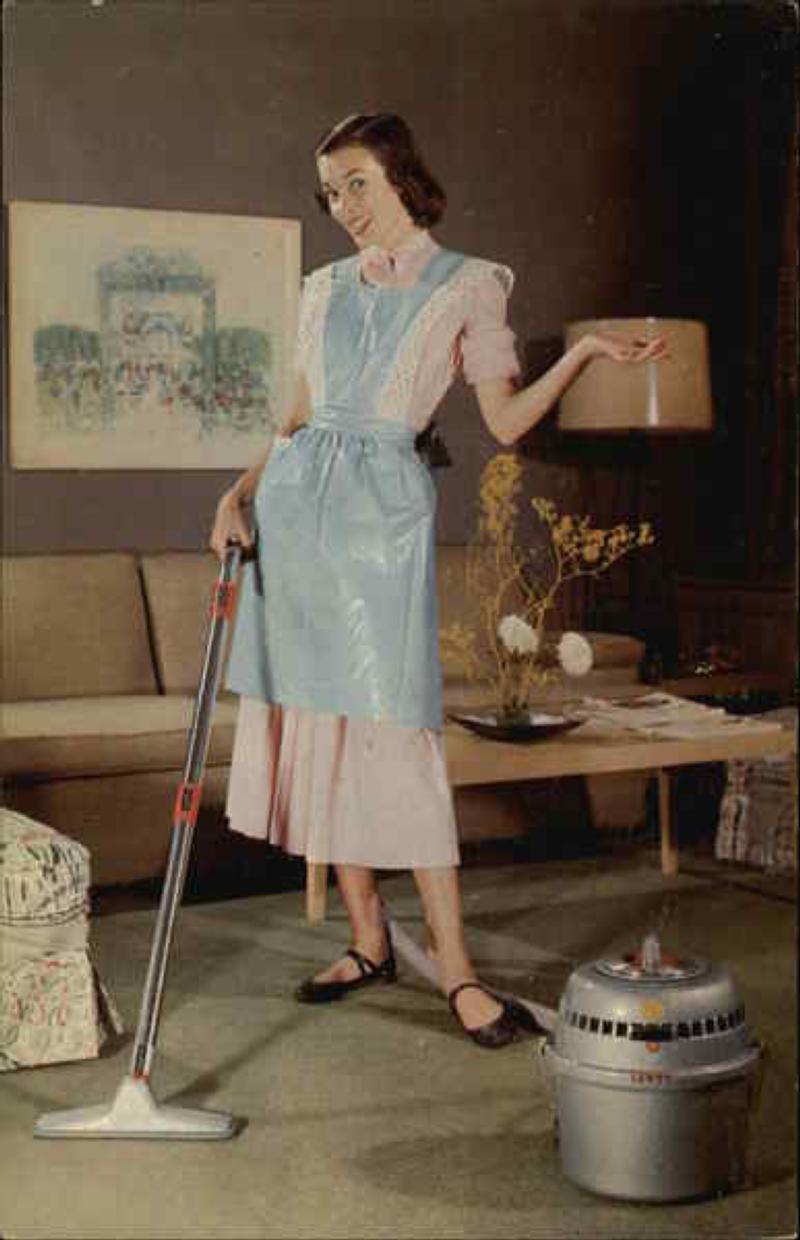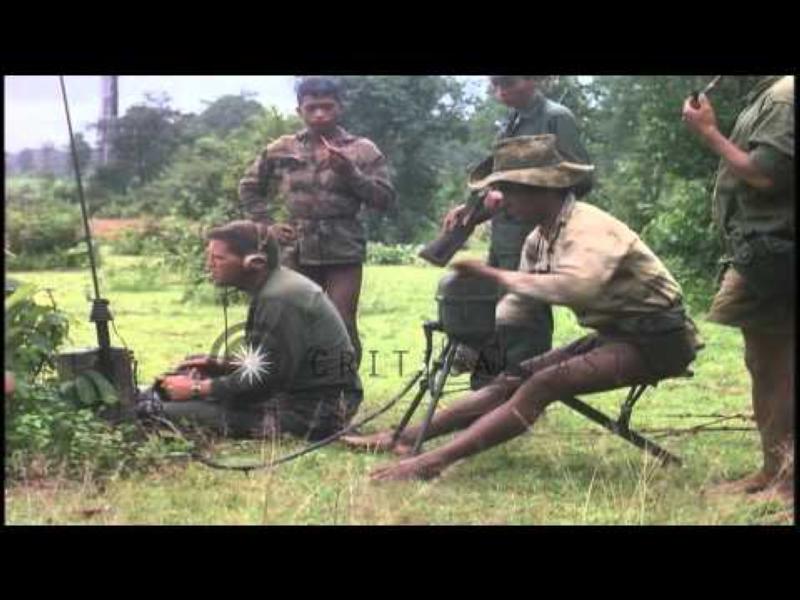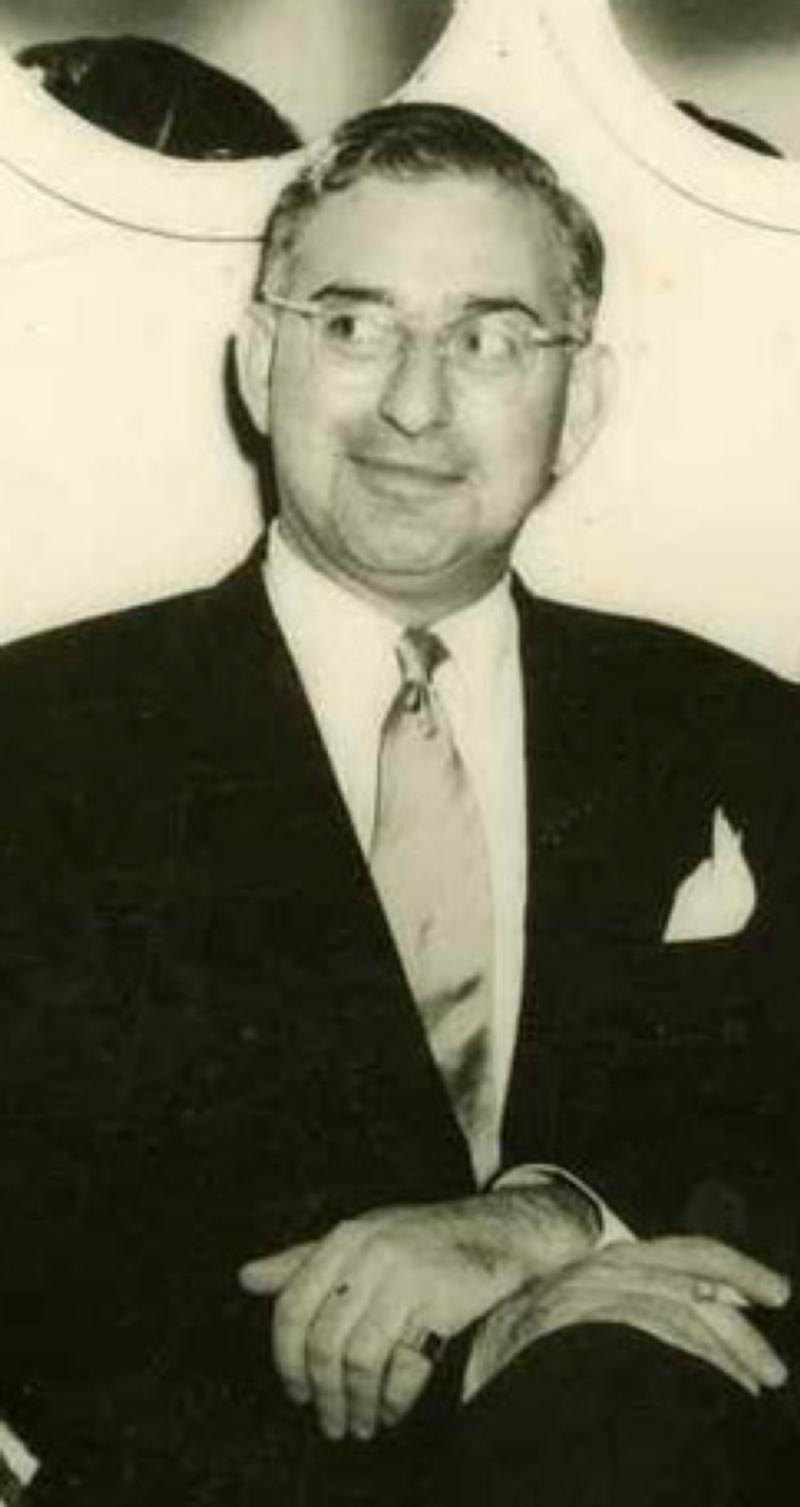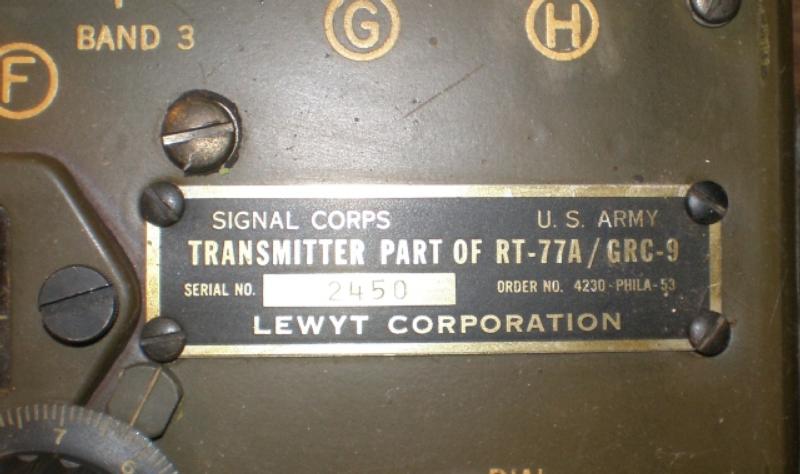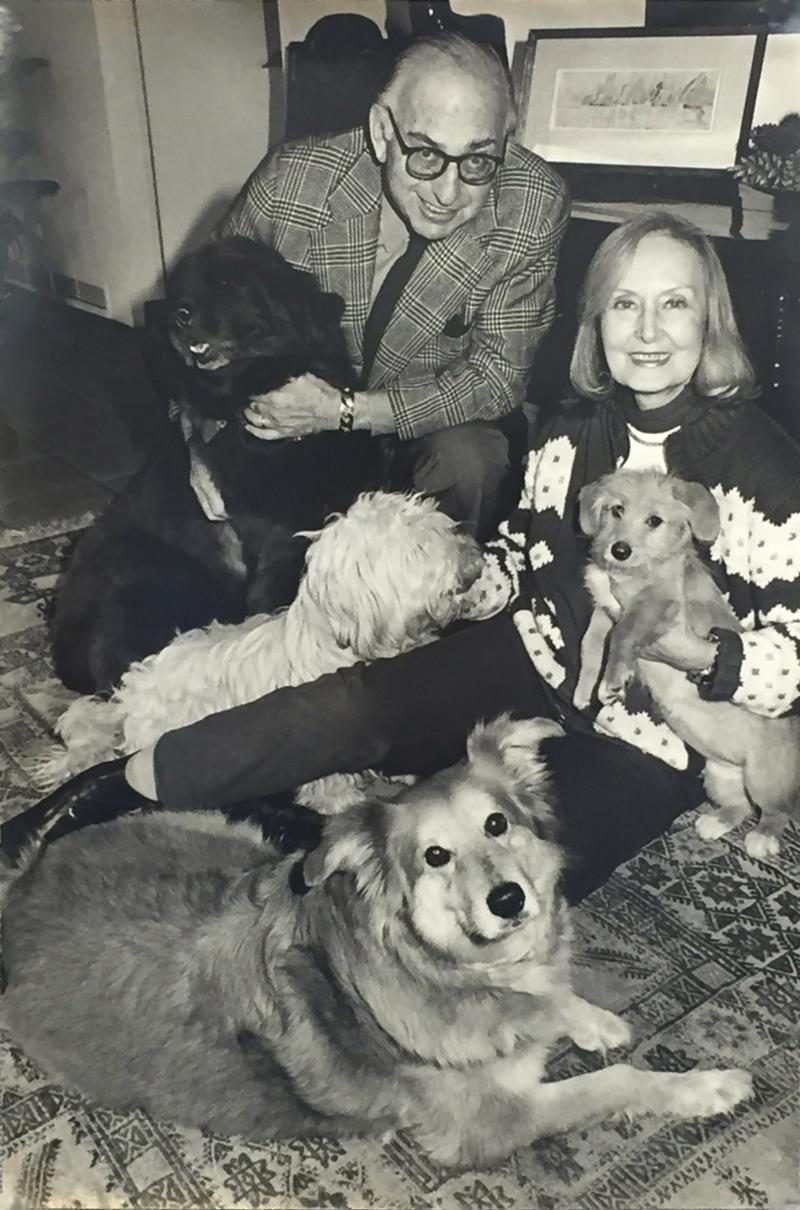
Posted By: Robert Nickels (ranickels) Posted: 01/08/2021 Historic 01/08/2021 |
Alexancer Lewyt - inventor and entrepreneurand maker of my AN/GRC-9 |
|
Alexander M. Lewyt died in 1988 at the age of 79, a holder of patents on scores of inventions. His penchant for invention, he once said, was so strong that he had chronic insomnia from lying awake at night envisioning new products. When he learned of undertakers’ difficulty in fastening neckties on corpses, the teen-age Lewyt devised a new kind of bow tie that clipped on. He sold 50,000 of them. But he probably was best known for the compact Lewyt vacuum cleaner, which had no dust bag and was designed not to interfere with TV or radio reception. In the first eight years after the vacuum cleaner was introduced after World War II, Lewyt Corp. sold 2 million of them. During the war, Lewyt Corp. did a multimillion-dollar business making such things as radar antennas and popcorn poppers. Lewyt sold his interest in the company to Budd Co. in the 1950s. I was curious about the oddly named Lewyt nameplate on my AN/GRC-9 because unlike well-known radio manufacturers such as Crosley, Tele King, and Hoffman Radio that built this set in the 1950s, I'd never heard of Lewyt before. While it's well known that many companies stepped out of their traditional businesses to build what was needed for the war effort, I was surprised to learn that my GRC-9 was built by a vacuum cleaner company! But that's not quite true, since Alexander Lewyt's ideas included a range of electronics as well. The son of an Austrian immigrant who had a shop making coat hangers, he took over the business and expanded it to add products and space - including leasing 4 floors at 84 Broadway in Brooklyn in 1953, a stately building that still stands, although it boggles the mind to think of field radios being made there. An interesting selling point of the Lewyt vacuum cleaner in addition to not requiring a disposable bag, was the "Video-Pak" which was evidently an AC line filter that "prevented Radio-TV interference". Who remembers pleading with Mom not to run the vacuum while cartoons or your favorite show was on? Lewyt did well. In the late 1950s, Alexander Lewyt was instrumental in establishing the North Shore Animal League, which became the world’s largest no-kill animal rescue and adoption organization. A director of the Metropolitan Museum of Art, Lewyt had an art collection that included works by Bonnard, Cezanne, Degas, Gauguin, and Renoir. He and his wife, French-born Elisabeth "Babette" formed a charitable foundation which is still active today, following her death in 2012. Mr. Lewyt said he channeled his considerable energies into the North Shore Animal League because “my wife adores animals, and I adore my wife.” I don't know about the vacuums but Mr. Lewyt built a good radio. This 40 sec. clip is proof - one of the few authentic examples of a military radio in actual use in VietNam in 1964: WATCH Do it with Lewyt! |
|
Related Images
Click on the image title or on the image itself to open the full-sized image in a separate window.Latest Articles
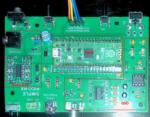
Technical
Posted: 01/29/2025
Comments: 0 |
Pico Rx performance - Excellent performance on 630m WSPR
The Simple Pico Rx is my minimalist implementation of Jonathan Dawson's "Pico Rx" at 101things: https://github.com/dawsonjon/PicoRX In this basic form the receiver consists of a Quadrature Sampling Detector (QSD aka Tayloe) and the Pico2 MCU which handles all DSP functions. There are NO front-end filters, the only bandwidth limitation comes from the tracking filter... READ MORE |
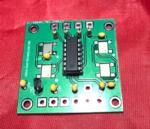
Crystal Replacement
Posted: 08/226/2024
Comments: 0 |
Making SMT "no lead" parts easier to use
SMT is the future - but how can we actually use parts without leads? ... READ MORE |
|
Crystal Replacement
Posted: 02/38/2024
Comments: 0 |
How good can a crummy receiver be?
Hundreds of different simple SDR receivers have been designed around Dan Tayloe's Quadrature Sampling Detector or QSD. Mine add nothing to the state of the art, and in fact subtract things, as I like minimalist solutions and the QSD is right in that sweet spot. Following the evolution of Tayloe's design I delete the resistors in series with the sample lines for inst... READ MORE |
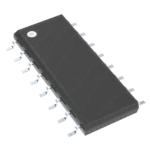
Technical
Posted: 02/37/2024
Comments: 0 |
What's in a number (3253)?
The FST3253 dual four-to-one mux/demux IC has long been used as a "Tayloe Detector" or QSD (and QSE) in low-cost SDRs. They provide incredible performance for such a simple circuit, converting RF to baseband IQ with low loss and the ultimate in simplicity. Unfortunately the original FST3253 part has become obsolete and while substitutes are available, this is where the... READ MORE |
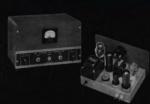
Vintage Ham Radio
Posted: 02/32/2024
Comments: 0 |
The Stancor 10P Transmitter
There weren't really many commercial transmitters in the 1930s as most hams built their own. But many of the ones that were offered came from the transformer companies who had two chances to profit. First, from those who would buy the kit, and two, from those would would see it in the (free) booklets the companies provided to their distributors who would then sell the iron to ham... READ MORE |
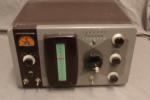
Vintage Ham Radio
Posted: 12/355/2023
Comments: 0 |
The Care and Feeding of the EF Johnson Courier amplifier
The EF Johnson "Courier" is a grid-driven amplifier using two 811A tubes. Switching is provided for operating in either class C for CW or as a class B linear amplifier for AM or SSB. Rated power is 500 watts input for CW, 500 watts PEP input for SSB, and 200 watts input for double-sideband AM with carrier. Since all amateur power levels were meas... READ MORE |

Historic
Posted: 11/329/2023
Comments: 0 |
TV Duplexer
Some things are interesting, even if totally useless nowadays. Such is the case with the Philco 426-3034 Crossover Kit for UHF TV. What the heck is that? Well, back in the late 50s, UHF television stations operating on channels 14-83 started to appear in many areas of the US where viewers had a VHF-only TV antenna, and in many cases an externa UHF converter was... READ MORE |
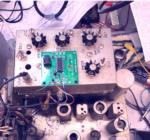
Crystal Replacement
Posted: 11/327/2023
Comments: 0 |
Replacing failed crystals
For decades, quartz crystals were used everywhere a stable frequency source was needed, even in some applications that depended on overtone (harmonic) behavior into the VHF range. These crystals were less stable and more dependent on circuit parameters that fundamental types and thus more problematic. Such was the case with the 94 MHz crystal in the 2 meter converter ... READ MORE |
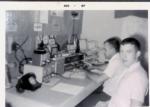
Historic
Posted: 11/315/2023
Comments: 0 |
My Own Ham Radio Story by W9RAN
Everyone has a story of how they got involved in ham radio - this is mine. It started much earlier, including receiving a Knight Kit Span Master shortwave radio for Christmas in about 1963, at age 12. I'll never forget the night my dad and I finished building it and I wanted to try it out. It came with a 50 ft. antenna which was still coiled up - but ... READ MORE |
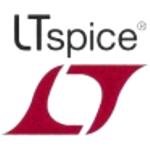
Technical
Posted: 09/267/2023
Comments: 0 |
Hot to simulate vacuum tubes in LTSpice
LTSice is a powerful simulation tool that is provided free by Linear Technology Corp. It comes with a complete library of passive and common analog solid-state components but if you want to use it to simulate vacuum tubes, it doesen't work as-is. Even though triode and pentode symbols can be found in the "Misc" folder, they are just schematic symbols and... READ MORE |
